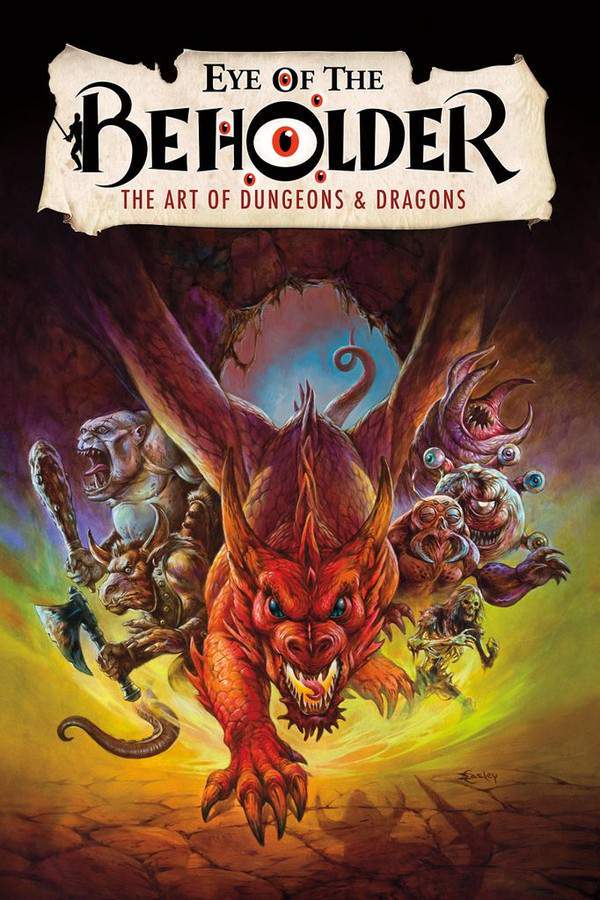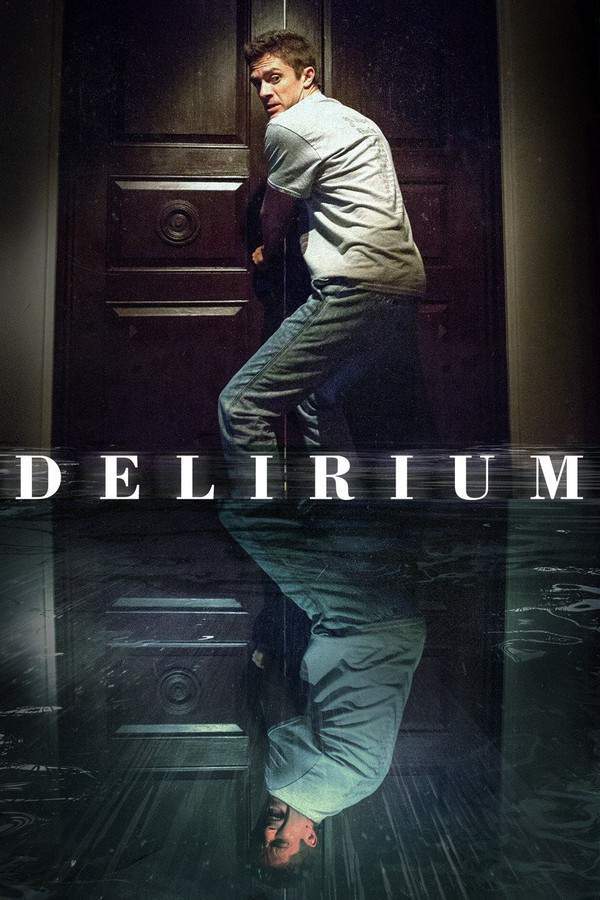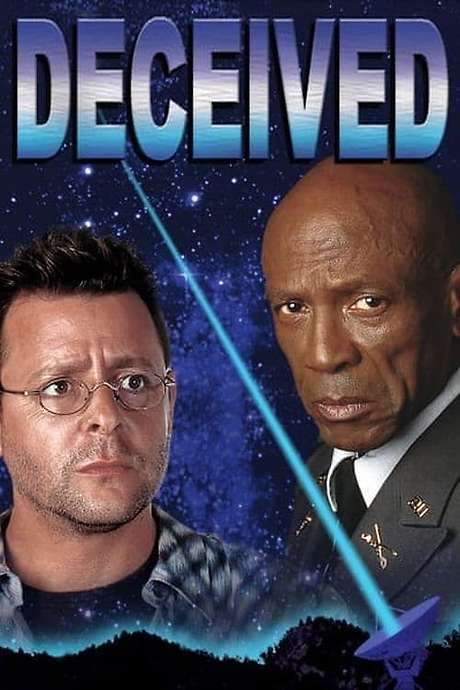
Revelations
A pastor believes he has received a divine sign instructing him to avenge a missing person, intertwining his quest with the investigation led by a detective grappling with the unresolved trauma of her deceased sister.
Warning: spoilers below!
Haven’t seen Revelations yet? This summary contains major spoilers. Bookmark the page, watch the movie, and come back for the full breakdown. If you're ready, scroll on and relive the story!
Revelations (2025) – Ending Explained & Final Scene Breakdown
Still thinking about how Revelations (2025) ended? Here’s a full breakdown of the ending, key final moments, major twists, and the deeper meaning behind the film’s conclusion.
Revelations’ ending reveals that the battle between good and evil is often more complex than it appears — these forces are intertwined, with darkness sometimes disguised as divine guidance. Throughout the film, Pastor Sung is depicted as a man blinded by faith, convinced that he is doing God’s work by punishing evil. However, his actions are driven by fear and guilt, especially after the incident where his body was haunted by visions and his attempts to hide his crimes, including killing Kwon’s body and despising the truth about his involvement. The graffiti on the walls and the biblical passage, Deuteronomy 24:7, symbolize how Sung’s distorted interpretation of Scripture fuels his delusions, pushing him to believe that A-yeong is dead because he wanted her dead in his heart, justified by his twisted faith.
When Inspector Lee informs him that A-yeong is alive, he is visibly shaken, and as he erases the faint image of Christ from the wall, the face becomes sinister, revealing that evil was lurking behind religion all along. The film suggests that faith, when corrupted by personal vendettas and fear, can turn people into monsters. Pastor Sung’s transformation from a meek preacher to a violent, delusional killer is also influenced by his personal pain — his wife’s affair, his feelings of helplessness, and unmet desires for respect and validation. The trauma in Kwon’s childhood, symbolized by the one-eyed window in his home, explains his violent behavior, as that window represented the source of his pain and trauma, which eventually turned him into a monster.
Kwon’s tragic end comes when he falls to his death after an intense confrontation, marking the culmination of his haunted past and the cycle of violence. Meanwhile, Inspector Lee, haunted by her sister’s murder and driven by a desire for redemption, finds her opportunity when she finally locates Kwon in the dilapidated building. Despite her initial restraint, she refuses to succumb to evil and chooses to save A-yeong, understanding her duty to protect innocent lives. Her intervention not only grants her peace with her past but also signifies that true goodness can prevail when compassion and reason silence the darkness within. Ultimately, the film teaches that evil is not always what it seems, and that faith must be rooted in compassion rather than fear and hatred. The scars of trauma, whether physical or emotional, shape us, but it is how we confront them that determines who we become. In the end, Revelations underscores the importance of discernment, compassion, and the strength to choose humanity over hatred, even in the face of profound darkness.
Last Updated: June 25, 2025 at 09:03
Explore Movie Threads
Discover curated groups of movies connected by mood, themes, and story style. Browse collections built around emotion, atmosphere, and narrative focus to easily find films that match what you feel like watching right now.
Morally Complex Crime Thrillers like Revelations
Crime stories where the line between justice and obsession becomes dangerously blurred.Explore movies like Revelations, where crime investigations are tangled with deep moral ambiguity. If you enjoyed the tense collision of a detective's duty and a vigilante's delusion in Revelations, you'll find similar compelling, character-driven thrillers here.
Narrative Summary
Narratives typically follow a dual path: a official investigation and a parallel, unsanctioned quest for justice. These paths converge, forcing characters to confront their own ethical boundaries. The plots are driven by character flaws and personal demons as much as by external crime, resulting in a climax that is as much a psychological reckoning as a physical resolution.
Why These Movies?
Movies are grouped here because they share a central theme of moral corrosion within a crime framework. They feature high-stakes tension, complex protagonists whose motivations are deeply personal and often questionable, and an overarching atmosphere of ethical unease.
Movies about Psychological Descent like Revelations
Character studies of individuals unraveling as they cling to a dangerous conviction.Discover films similar to Revelations that explore a character's psychological collapse. If the pastor's tragic journey from faith to fanatical delusion captivated you, this collection features other powerful stories of obsession and unraveling sanity.
Narrative Summary
The narrative pattern is an internal one, following a single character's point of view as it becomes increasingly distorted. The world narrows to their obsession, with supporting characters serving as voices of reason that are ignored. The pacing often starts steady and accelerates as the delusion takes hold, leading to an inevitable, often tragic, conclusion.
Why These Movies?
These movies are united by their intense focus on a protagonist's fragile mental state. They share a dark tone, a sense of creeping dread, and a commitment to showing how a powerful idea can consume a person from the inside out, making the viewer a witness to a personal catastrophe.
Unlock the Full Story of Revelations
Don't stop at just watching — explore Revelations in full detail. From the complete plot summary and scene-by-scene timeline to character breakdowns, thematic analysis, and a deep dive into the ending — every page helps you truly understand what Revelations is all about. Plus, discover what's next after the movie.
Revelations Summary
Read a complete plot summary of Revelations, including all key story points, character arcs, and turning points. This in-depth recap is ideal for understanding the narrative structure or reviewing what happened in the movie.

Revelations Timeline
Track the full timeline of Revelations with every major event arranged chronologically. Perfect for decoding non-linear storytelling, flashbacks, or parallel narratives with a clear scene-by-scene breakdown.

Characters, Settings & Themes in Revelations
Discover the characters, locations, and core themes that shape Revelations. Get insights into symbolic elements, setting significance, and deeper narrative meaning — ideal for thematic analysis and movie breakdowns.

Revelations Spoiler-Free Summary
Get a quick, spoiler-free overview of Revelations that covers the main plot points and key details without revealing any major twists or spoilers. Perfect for those who want to know what to expect before diving in.

More About Revelations
Visit What's After the Movie to explore more about Revelations: box office results, cast and crew info, production details, post-credit scenes, and external links — all in one place for movie fans and researchers.






























